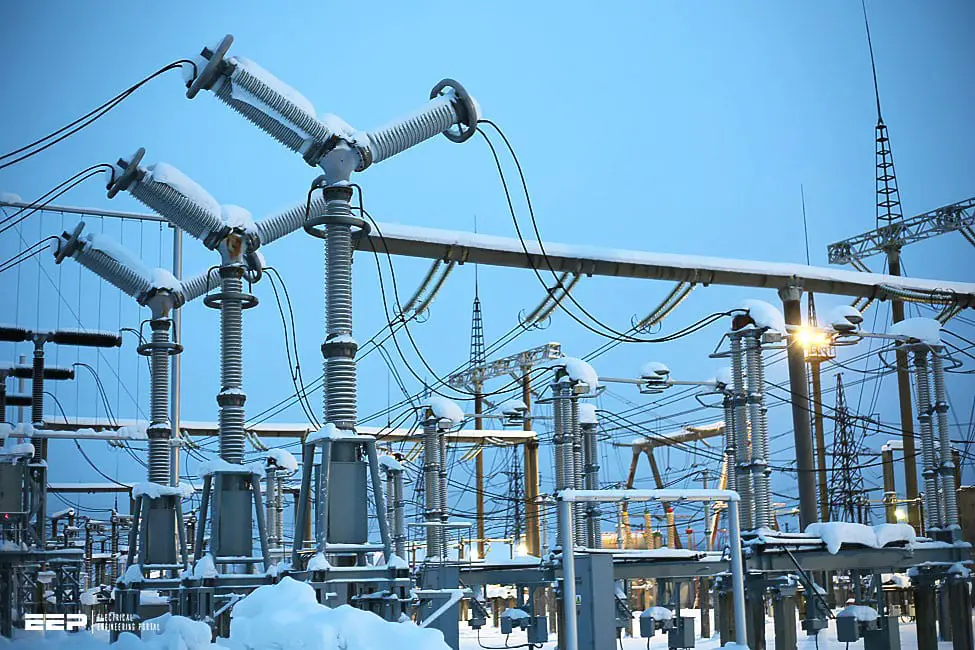Estonian electricity transmission system operator (TSO), Elering, and Latvian TSO, Augstsprieguma tīkls (AST), have officially joined forces to develop a crucial new electricity interconnection between Estonia and Latvia, marking the fourth such link between the two nations. In a significant milestone, the TSOs have inked a memorandum of understanding (MoU) that paves the way for the creation of this vital infrastructure.
The primary objective of this new interconnection is to significantly boost transmission capacity between Estonia and Latvia, a move that will provide a much-needed boost to the development of renewable energy sources within the Baltic Sea region. The project is designed to be constructed using a hybrid approach, with provisions for connecting both onshore and offshore renewable energy sources to the electricity systems.
Also read: Understanding the rollercoaster of electricity prices in Europe
Crucially, this interconnection will facilitate the integration of an increased amount of renewable energy into the electricity networks of both Estonia and Latvia, thus aiding these countries in their pursuit of ambitious climate goals. While the precise location and technical particulars of this interconnection project are yet to be finalized, it is estimated to have a substantial capacity of around 1,000MW. Based on prior evaluations and technical analyses, the project is expected to be completed by the year 2035.
This initiative will not only augment supply security but also enhance the security and stability of the electricity systems in both nations. Furthermore, it’s considered an essential step towards increasing transmission capacity, which is indispensable for the advancement of renewable energy sources in Latvia and Estonia, encompassing both onshore and offshore installations.
The collaboration between Elering and AST entails extensive preparatory activities, including various essential studies that are pivotal for making informed investment decisions regarding the project’s development. Crucially, both TSOs anticipate receiving co-financing from the European Union’s Connecting Europe Facility (CEF) grants, which will provide vital support for the evaluation and construction of this interconnection.
This new interconnection follows in the footsteps of the third Estonian-Latvian electricity interconnection, which was constructed and commenced operation in 2020. Currently, the remaining two interconnections, Valmiera-Tartu and Valmiera-Tsirguliina, are in various stages of construction as part of the broader Baltic States synchronization project.
Elering’s board chairman, Kalle Kilk, has also indicated a broader exploration of the possibilities for establishing a new connection between Estonia and Latvia, specifically from Saaremaa to Kuramaa in Latvia. He highlighted the potential for securing the highest additional capacity between the two countries at the most cost-effective rate through this route.

